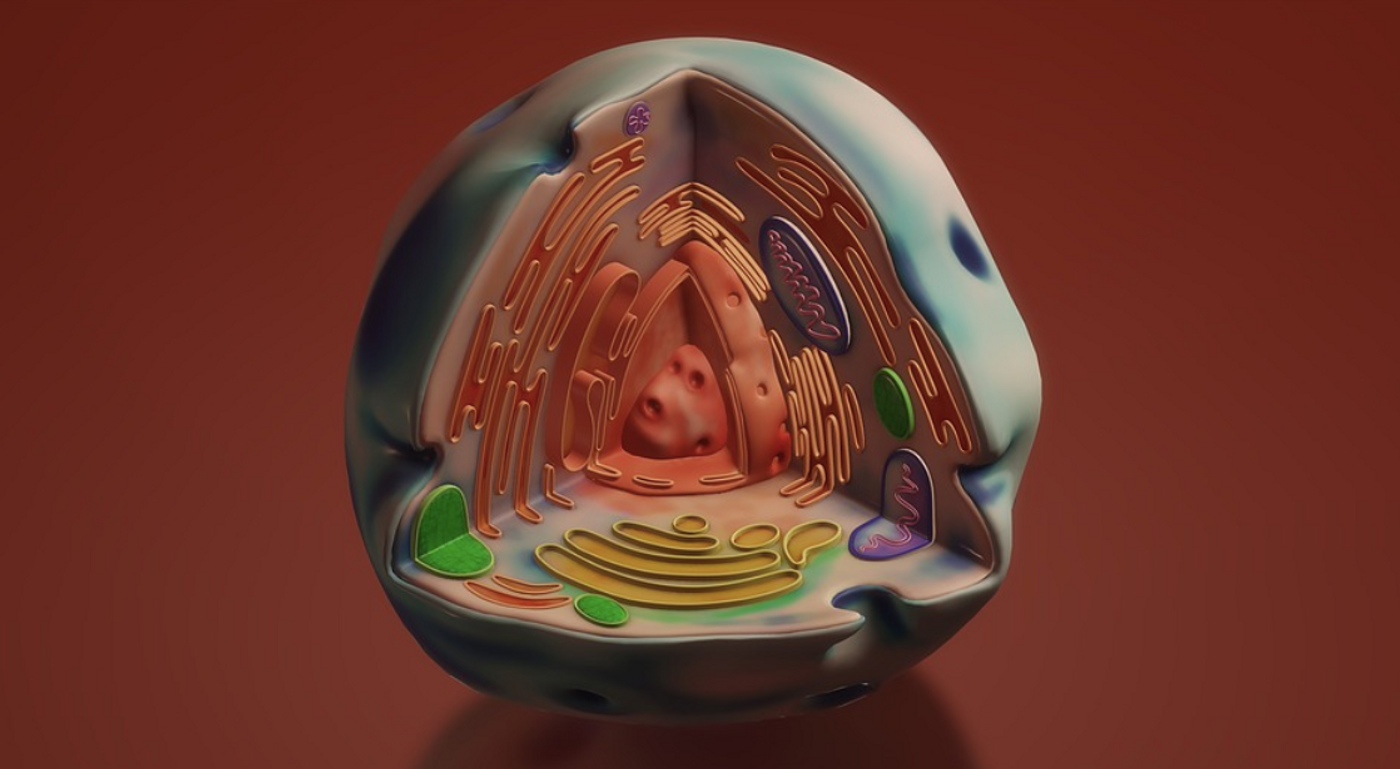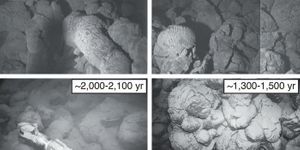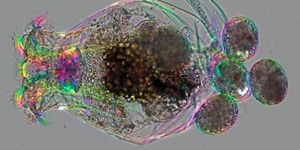How Mitochondria Get Help When They're Stressed
Mitochondria are special little organelles. They even have their own little genomes and make their own proteins. It's thought that they originated billions of years ago, when a single-celled organism invaded another, took up residence there, and established a crucial endosymbiotic relationship that may have given rise to complex cells. Long known as the powerhouse of the cell, researchers have recently found that mitochondria have a variety of important functions.
Scientists have now learned more about how mitochondria can get assistance from the cell when they are subjected to stress, like that caused by toxins, nutrient deficiencies, infections, inflammation, or disease. The findings have been reported in Nature.
Proteins are made from strings of amino acids that have to be properly folded into a specific three-dimensional shape to function properly. When proteins are misfolded, serious problems can arise in the cell, and may have major health consequences. Misfolded proteins can accumulate in mitochondria, causing mitochondrial stress that can feed a cycle that generates even more misfolded proteins. This can interfere with the integrity of mitochondrial membranes, leading to the secretion of molecules that may trigger a type of programmed cell death called apoptosis.
Mitochondrial stress also triggers the production of molecules called chaperones, which help fold proteins, to try to degrade and reduce misfolded protein levels. In this work, the researchers revealed more about how this happens.
The team used transcriptional studies that indicated which genes were expressed, and protein analyses that showed what proteins were attached to each other.
They found that mitochondria deliver two signals to the cell during misfolding stress: reactive oxygen species are released, and the import of protein building blocks stops. Reactive oxygen species cause changes in a protein called DNAJA1, which supports a chaperone. Those protein building blocks start to build up inside of the cell. DNAJA1 instead starts to rely on the folding assistant HSP70. Since the import of building blocks is halted, HSP70 reduces its interaction with its typical partner HSF1. Thus, HSF1 is able to move to the nucleus of the cell, and activate the anti-stress mechanism for mitochondria.
"It was very exciting to discover how the two mitochondrial stress signals are combined into one signal in the cell, which then triggers the cell's response to mitochondrial stress," said study leader Dr. Christian Münch of Goethe University Frankfurt. "Moreover, in this complex process, which is essentially driven by tiny local changes in concentration, the stress signaling pathways of the cell and the mitochondrion dovetail very elegantly with each other, like the cogs in a clockwork."
Sources: Goethe University, Nature









